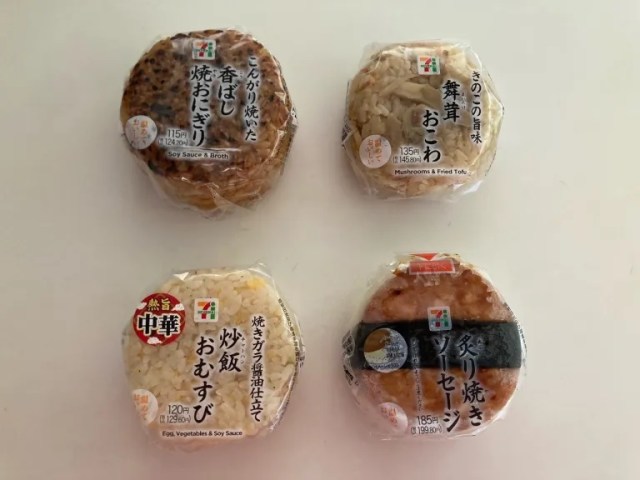
Japan’ s convenience stores often recommend warming up their rice balls, but is it worth the extra hassle?
Japan’s convenience store onigiri (rice balls) are just about the greatest grab-and-go snacks on the planet. According to their makers, though, there’s often a way to make them even better: warm them up.
At major convenience store chains, the onigiri are always stocked on refrigerated shelves. However, each chain also always has a number of varieties with packaging or signage saying that, for the best taste, you should warm them up in the microwave before eating. The vast majority of people ignore this advice, though, since onigiri generally taste great unwarmed too, but we couldn’t help wondering if a little time in the microwave would make a big difference, so we decided to find out.
Taste-testing duties fell to our Japanese-language reporter Snufkin, who procured a quartet of test subjects at 7-Eleven, all of which the chain recommends eating warmed. In order to eliminate any other potential variables, Snufkin cut each onigiri in half and warmed one half up in the microwave, so that she could ensure the most direct comparison possible.
Let’s take a look at her taste test notes.
1. Yakionigiri with soy sauce and broth (125 yen [US$0.85])
“Yakionigiri” refers to onigiri that are lightly grilled, and usually brushed with a soy-based glaze beforehand. On its own at room temperature, Snufkin found this example tasty. Maybe a touch on the strong side in terms of flavor intensity, but a perfectly good example of a yakionigiri.
The packaging recommends 20 seconds in the microwave, but since Snufkin wasn’t warming up the whole thing she adjusted that down just a bit to 15 seconds. Taking the warmed-up half out of the microwave and popping it into her mouth…
…oh, wow, this really did make a big difference! The change wasn’t so much in the flavor, though, but the texture. Warming up the onigiri had made the rice softer and stickier, in the sense that the individual grains felt more cohesively attached to one another. The warmth also seemed like a better match for the strong flavor she’d noticed at room temperature, though she could also now detect just a bit of acidity to the flavor of the soy sauce now.
2. Fried rice with egg, vegetable and soy sauce (130 yen)
Most onigiri are made with steamed white rice, but you can find fried rice versions too. Oftentimes fried rice onigiri are limited-time items with unique fillings or which were produced in collaboration with a popular Chinese restaurant chain, but this one is 7-Eleven’s standard fried rice rice ball and is available all the time. There’s nothing strange or paradigm shattering here, just a quick serving of fried rice in circular form. The only complaint Snufkin had was that, at room temperature, the rice was a little crumbly.
Se expected this one to become a lot more fragrant after 15 seconds in the microwave, but actually there was little difference in the strength of its aroma. Once again, though, heating the onigiri worked wonders for its texture, as the warmer grains held together better as she bit into the onigiri. Warming up the fried rice onigiri also helped disperse its oil more evenly, improving the consistency of the flavor. Overall, this is a definite improvement over room temperature.
3. Maitake okowa (146 yen)
Okowa is a mixture of sticky mochi rice and meat, vegetables, or, in this case, fungi. 7-Eleven’s maitake okowa onigiri are a personal favorite of Snufkin’s though surprisingly she’s never tried warming them up before this test.
At room temperature, the rice is fairly firm, which makes for kind of a grainy texture as you chew. But also as you chew, or at least as Snufkin chews, she’s filled with joy at how delicious the combination of maitake mushrooms and mochi rice is.
And when she heated it up…
…whoa, so chewy! Once more, heating the onigiri seemed to help the grains of rice fuse together. The pre and post-heating texture difference was the most pronounced with the maitake okowa, so much so that they almost felt like two different dishes to Snufkin. Ironically, though, the difference is so big that which is better is going to be a matter of personal taste, and while Snufkin liked both ways, she thinks she’ll be sticking to eating the maitake okowa at room temperature.
4. Grilled sausage (200 yen)
Though it’s not new to 7-Eleven, Snufkin had never tried the grilled sausage onigiri before this. This rice ball is in the heavyweight class, since aside from a slab of meat on top, it’s got mayonnaise in the center, so it’s the sort of thing to reach for when you’re feeling hungry enough that a regular onigiri won’t cut it.
At room temperature, it tastes great, with the sausage, mayo, and black pepper seasoning all firing up the taste buds. However, Snufkin wasn’t so crazy about how the mayo left her tongue feeling oily even after she’d swallowed her bite, and at this point couldn’t see herself buying this type again.
That problem went away when she warmed it up, though. Not only that, warming up the sausage onigiri brought all the tastes, the meat, mayo, pepper, and sauce, together, tying them into a delicious unity that was lacking when the rice ball was still cool. So not only is Snufin adding the sausage onigiri to her rice ball rotation, she’s always going to warm it up.
And last, for a little extra experimentation, Snufkin did a tasting of kombu (kelp) rice ball (130 yen).
7-Eleven doesn’t specifically recommend warming this type of rice ball up, as is the case for most of its onigiri. Theoretically, though, all rice balls were warm at some point, since the rice has to be warm enough during shaping for the ball to form, so waring any rice ball up should, at the very least, be an option, right?
At room temperature, the kelp has a sweetness to it, and the nori seaweed wrapping’s aroma serves as a nice contrast to make the rice seem even more flavorful.
And when she warmed it up…
…oops, this turned out to be a bad idea. Putting the rice ball in the microwave overheated the kombu at the core, which threw off the balance of the flavors and mad it hard to eat, too. It didn’t taste bad, but the overall eating experience was definitely better at room temperature.
So in the end, Snufkin concludes that warming your onigiri up really does make a difference, and often for the better, but that there’s probably a reason why convenience store chains recommend it for some types but are mum on the others. Still, it’s definitely worth giving it a try when the store suggests it, especially if you do like she did and try a half-and-half comparison to see which way you like best.
Photos ©SoraNews24
● Want to hear about SoraNews24’s latest articles as soon as they’re published? Follow us on Facebook and Twitter!
[ Read in Japanese ]

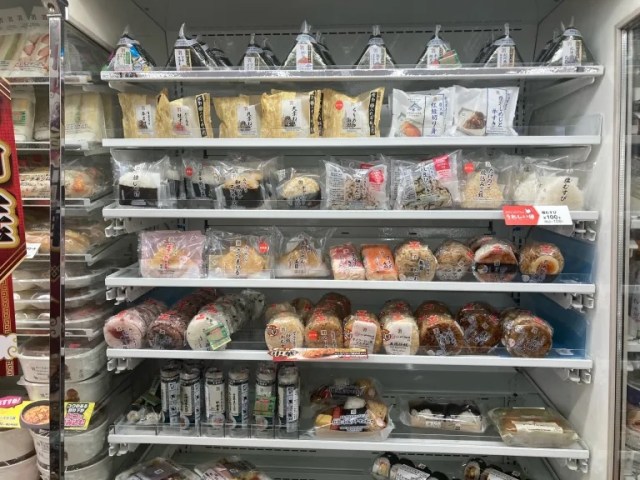
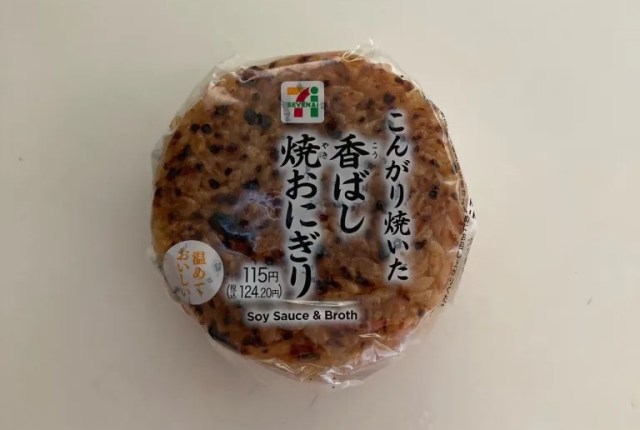
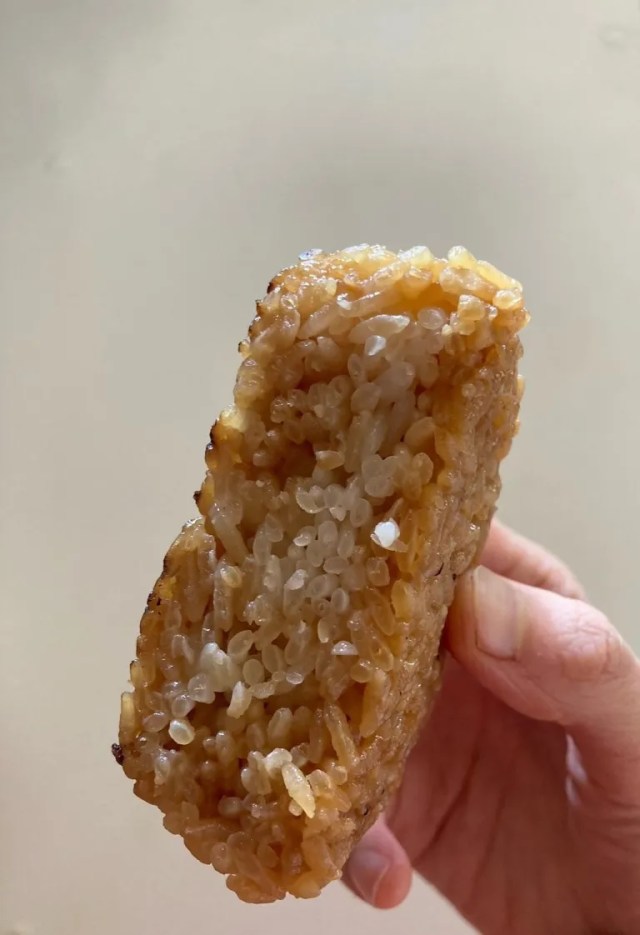
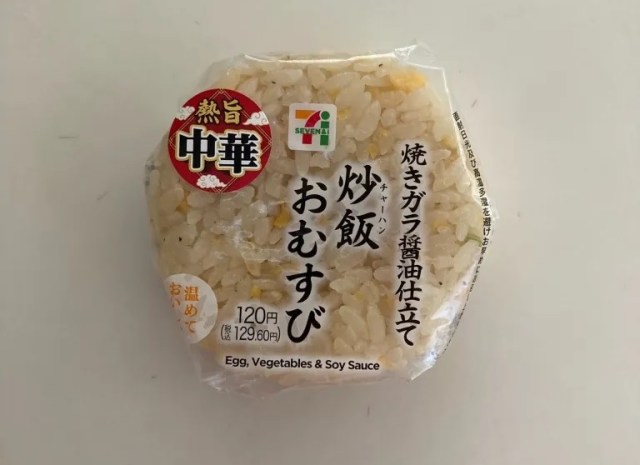
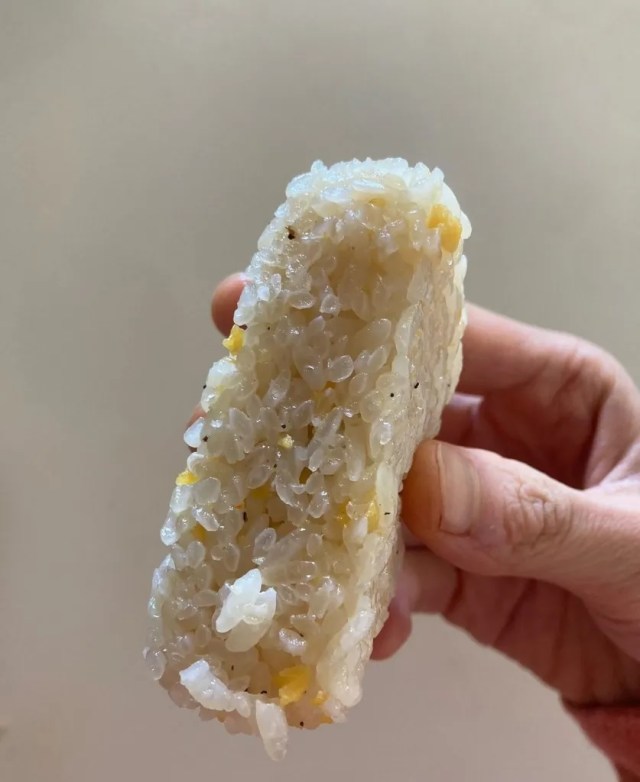
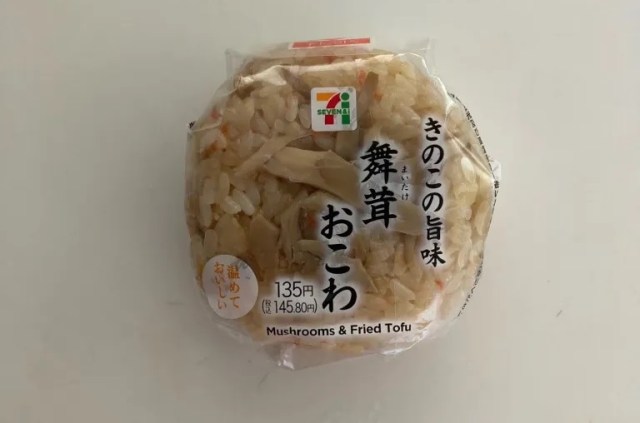
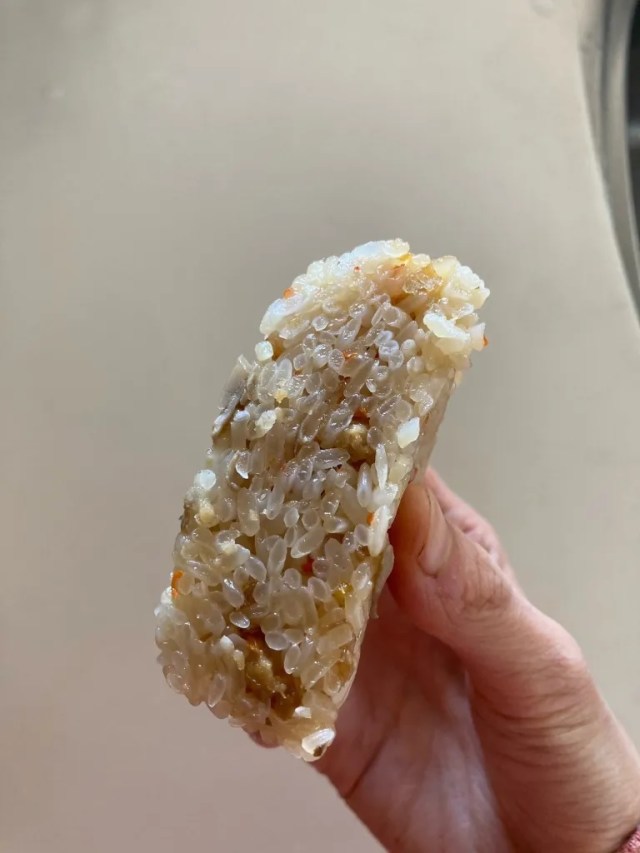
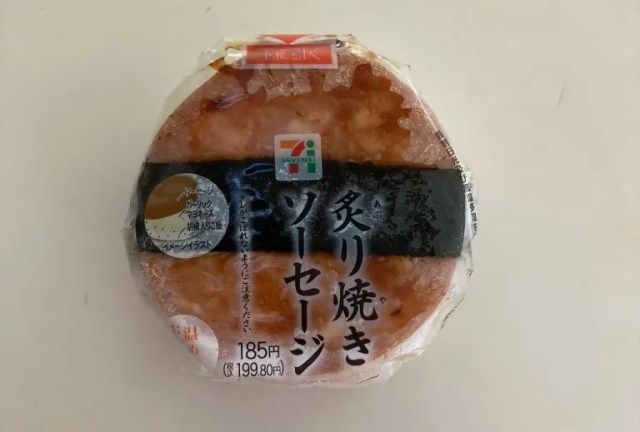
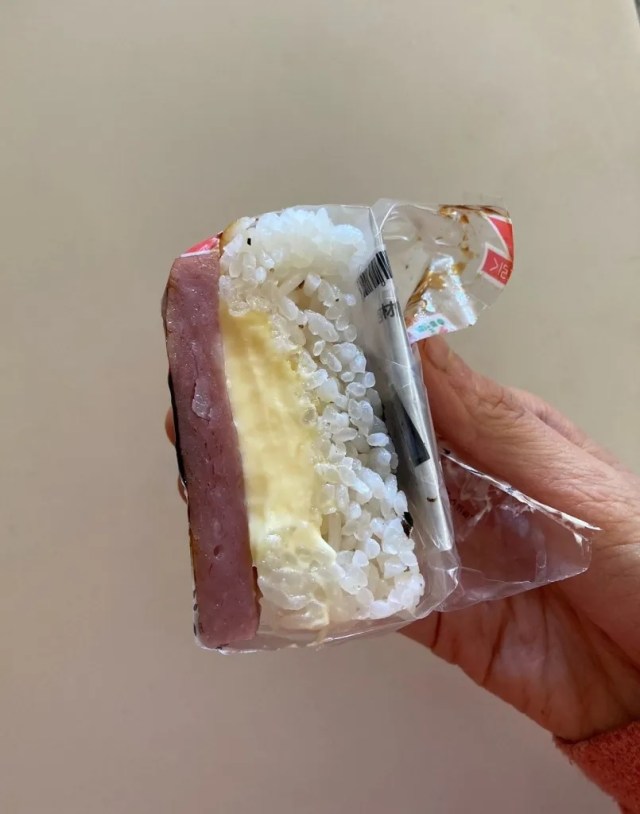
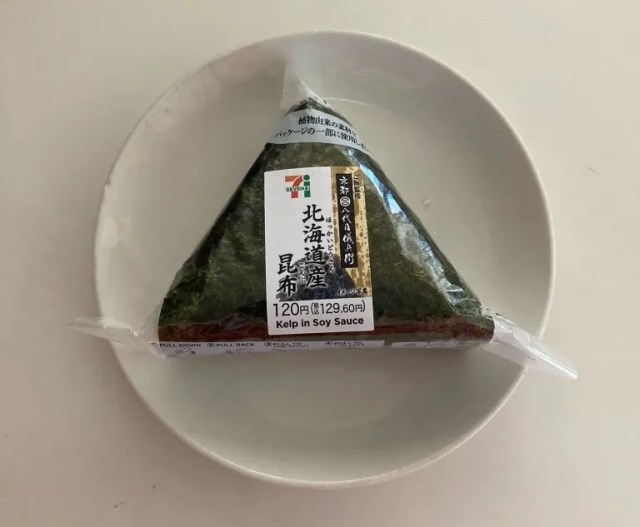
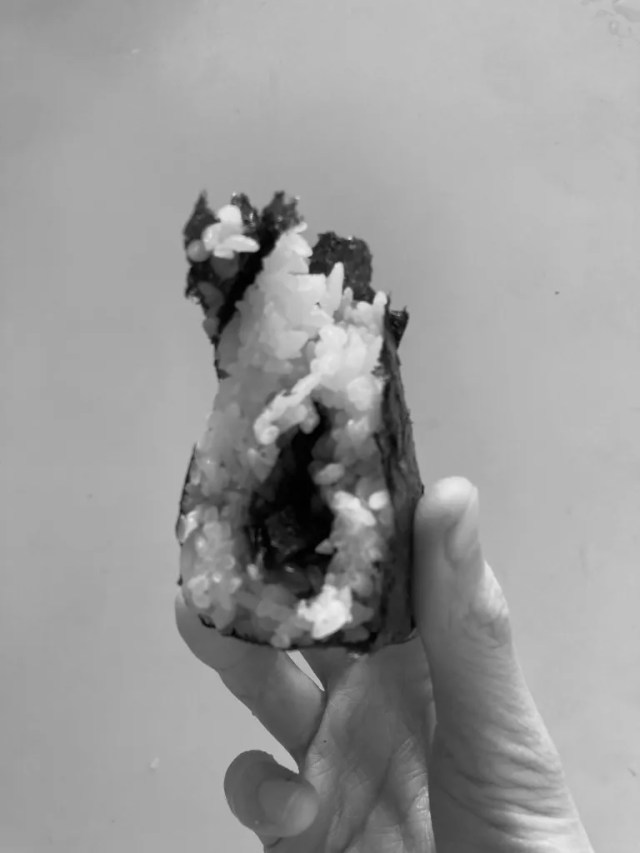
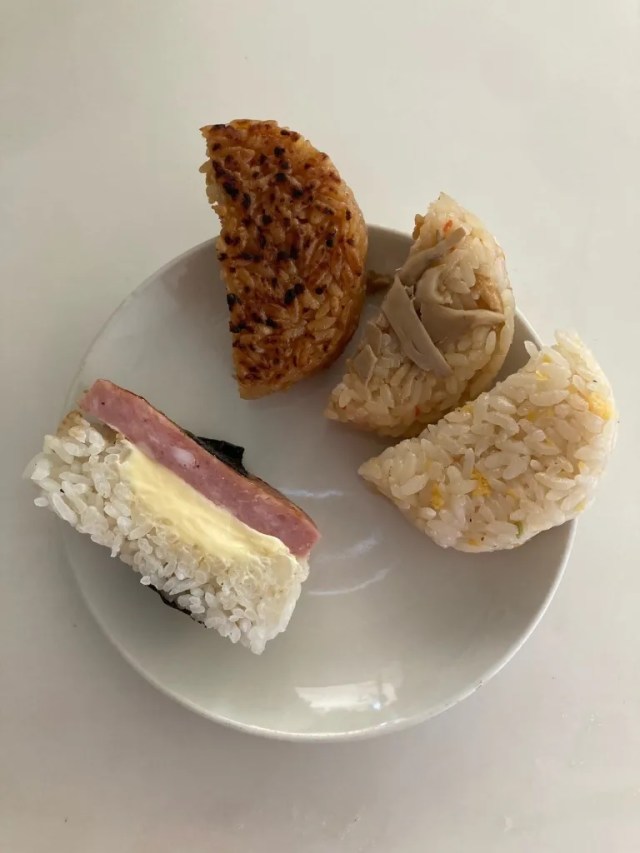
 Japanese convenience store showdown: Who’s got the best red rice sekihan rice balls?【Taste test】
Japanese convenience store showdown: Who’s got the best red rice sekihan rice balls?【Taste test】 Who makes Japan’s best Spam-style onigiri convenience store rice ball? Let’s find out【Taste test】
Who makes Japan’s best Spam-style onigiri convenience store rice ball? Let’s find out【Taste test】 7-Eleven Japan now has two tiers of salmon rice balls, but is the new, cheaper one any good?【Taste test】
7-Eleven Japan now has two tiers of salmon rice balls, but is the new, cheaper one any good?【Taste test】 This USB device exists solely to warm up rice balls, and honestly, it does a great job
This USB device exists solely to warm up rice balls, and honestly, it does a great job Japanese convenience store packs a whole bento into an onigiri rice ball
Japanese convenience store packs a whole bento into an onigiri rice ball Hayao Miyazaki says Happy New Year to Studio Ghibli fans with new art for Year of the Horse
Hayao Miyazaki says Happy New Year to Studio Ghibli fans with new art for Year of the Horse Pizza Hut Japan’s hot lucky bags are perfect for a New Year’s pizza party
Pizza Hut Japan’s hot lucky bags are perfect for a New Year’s pizza party Uniqlo Ukiyo-e Blue T-shirts: A cool-hued reinterpretation of some of Japan’s greatest paintings
Uniqlo Ukiyo-e Blue T-shirts: A cool-hued reinterpretation of some of Japan’s greatest paintings Inakaya Denim jeans are the latest farm-fresh Japanese-inspired fashion item
Inakaya Denim jeans are the latest farm-fresh Japanese-inspired fashion item Visiting Hokkaido’s adorable and awesome Asahikawa rice paddy art【Photos】
Visiting Hokkaido’s adorable and awesome Asahikawa rice paddy art【Photos】 Osaka teen arrested for hacking into Internet cafe’s app to steal data, was helped by Chat-GPT
Osaka teen arrested for hacking into Internet cafe’s app to steal data, was helped by Chat-GPT Turns out you can draw all four original starter Pokémon with just three colored pencils【Video】
Turns out you can draw all four original starter Pokémon with just three colored pencils【Video】 The best Starbucks Japan Frappuccinos we want to drink again in 2026
The best Starbucks Japan Frappuccinos we want to drink again in 2026 Mr. Sato accosts award-winning actor Hideaki Ito【Interview】
Mr. Sato accosts award-winning actor Hideaki Ito【Interview】 We revisited Sweets Paradise after a decade to see if Japan’s dessert buffet still delivers
We revisited Sweets Paradise after a decade to see if Japan’s dessert buffet still delivers Starbucks Japan ready to get Year of the Horse started with adorable drinkware and plushies【Pics】
Starbucks Japan ready to get Year of the Horse started with adorable drinkware and plushies【Pics】 Cyberpunk anime meets traditional culture in Ghost in the Shell gold leaf Japanese changing screens
Cyberpunk anime meets traditional culture in Ghost in the Shell gold leaf Japanese changing screens 7 great places to see Mt. Fuji from without having to climb it
7 great places to see Mt. Fuji from without having to climb it Hello Kitty Choco Egg figures are an adorable trip through three periods of Japanese pop culture【Pics】
Hello Kitty Choco Egg figures are an adorable trip through three periods of Japanese pop culture【Pics】 7-Eleven Japan’s ramen-cooking robot whipped us up a bowl of noodles【Taste test】
7-Eleven Japan’s ramen-cooking robot whipped us up a bowl of noodles【Taste test】 We found possibly the quietest Japanese-style hotel in Tokyo’s bustling Shinjuku district
We found possibly the quietest Japanese-style hotel in Tokyo’s bustling Shinjuku district Japan’s otoshidama tradition of giving kids money at New Year’s gets a social welfare upgrade
Japan’s otoshidama tradition of giving kids money at New Year’s gets a social welfare upgrade Sumo Sanrio! Hello Kitty and pals team up with Japan Sumo Association for new merch【Pics】
Sumo Sanrio! Hello Kitty and pals team up with Japan Sumo Association for new merch【Pics】 More Than a Capsule Stay: Why Solo Travelers Choose “global cabin Yokohama Chinatown”
More Than a Capsule Stay: Why Solo Travelers Choose “global cabin Yokohama Chinatown” Japan’s oldest largetooth sawfish in captivity back on display in Mie Prefecture
Japan’s oldest largetooth sawfish in captivity back on display in Mie Prefecture 7-Eleven Japan starts new temporary luggage storage service in over 300 branches
7-Eleven Japan starts new temporary luggage storage service in over 300 branches Disillusionment at Tsukiji’s tourist-target prices led us to a great ramen restaurant in Tokyo
Disillusionment at Tsukiji’s tourist-target prices led us to a great ramen restaurant in Tokyo Starbucks teams up with 166-year-old Kyoto doll maker for Year of the Horse decorations【Photos】
Starbucks teams up with 166-year-old Kyoto doll maker for Year of the Horse decorations【Photos】 Tokyo considering law requiring more trash cans following litter increase in heavily touristed area
Tokyo considering law requiring more trash cans following litter increase in heavily touristed area Tokyo’s Tsukiji sushi neighborhood asks tour groups to stay away for the rest of the month
Tokyo’s Tsukiji sushi neighborhood asks tour groups to stay away for the rest of the month Tokyo event lets you travel back in time, for free, to celebrate 100 years since Showa era start
Tokyo event lets you travel back in time, for free, to celebrate 100 years since Showa era start Sanrio theme park in Japan announces plans to expand into a Sanrio resort
Sanrio theme park in Japan announces plans to expand into a Sanrio resort Japan may add Japanese language proficiency, lifestyle classes to permanent foreign resident requirements
Japan may add Japanese language proficiency, lifestyle classes to permanent foreign resident requirements Stamina-destroying “Paralysis Noodles” are Tokyo’s newest over-the-top ramen innovation
Stamina-destroying “Paralysis Noodles” are Tokyo’s newest over-the-top ramen innovation Survey asks foreign tourists what bothered them in Japan, more than half gave same answer
Survey asks foreign tourists what bothered them in Japan, more than half gave same answer Japan’s human washing machines will go on sale to general public, demos to be held in Tokyo
Japan’s human washing machines will go on sale to general public, demos to be held in Tokyo Japan’s deadliest food claims more victims, but why do people keep eating it for New Year’s?
Japan’s deadliest food claims more victims, but why do people keep eating it for New Year’s? We deeply regret going into this tunnel on our walk in the mountains of Japan
We deeply regret going into this tunnel on our walk in the mountains of Japan Studio Ghibli releases Kodama forest spirits from Princess Mononoke to light up your home
Studio Ghibli releases Kodama forest spirits from Princess Mononoke to light up your home Major Japanese hotel chain says reservations via overseas booking sites may not be valid
Major Japanese hotel chain says reservations via overseas booking sites may not be valid Put sesame oil in your coffee? Japanese maker says it’s the best way to start your day【Taste test】
Put sesame oil in your coffee? Japanese maker says it’s the best way to start your day【Taste test】 No more using real katana for tourism activities, Japan’s National Police Agency says
No more using real katana for tourism activities, Japan’s National Police Agency says Starbucks Japan reveals new sakura drinkware collection, inspired by evening cherry blossoms
Starbucks Japan reveals new sakura drinkware collection, inspired by evening cherry blossoms Updated cherry blossom forecast shows extra-long sakura season for Japan this year
Updated cherry blossom forecast shows extra-long sakura season for Japan this year Which Japanese convenience store has the best plain onigiri rice balls?
Which Japanese convenience store has the best plain onigiri rice balls? Which Japanese convenience store has the best salted onigiri rice balls?
Which Japanese convenience store has the best salted onigiri rice balls? Japanese convenience store showdown – Who’s got the best ikura rice balls?【Taste test】
Japanese convenience store showdown – Who’s got the best ikura rice balls?【Taste test】 Will frozen bento onigiri be Japan’s next big convenience store food trend?【Taste test】
Will frozen bento onigiri be Japan’s next big convenience store food trend?【Taste test】 Which Japanese convenience store sells the best onigiri rice balls?【Taste test】
Which Japanese convenience store sells the best onigiri rice balls?【Taste test】 The difference between onigiri rice balls in Tokyo and Osaka
The difference between onigiri rice balls in Tokyo and Osaka Problem solved: How to open a Japanese convenience store onigiri rice ball【Pics and video】
Problem solved: How to open a Japanese convenience store onigiri rice ball【Pics and video】 Are high-end convenience store rice balls really packed with more ingredients?
Are high-end convenience store rice balls really packed with more ingredients? In celebration of Onigiri Day, we compare rice balls from three different convenience stores
In celebration of Onigiri Day, we compare rice balls from three different convenience stores Pokémon Poké Ball rice balls now on sale in Japan, don’t taste like jelly donuts【Taste test】
Pokémon Poké Ball rice balls now on sale in Japan, don’t taste like jelly donuts【Taste test】 The surprising semi-secret ingredient in many Japanese convenience store rice balls: oil
The surprising semi-secret ingredient in many Japanese convenience store rice balls: oil Weiner Onigiri: Japanese convenience store rice ball has a surprise in store for Mr Sato
Weiner Onigiri: Japanese convenience store rice ball has a surprise in store for Mr Sato 7-Eleven Japan to double the shelf life of their onigiri rice balls
7-Eleven Japan to double the shelf life of their onigiri rice balls Japanese convenience store’s newest rice ball filling: Nothing at all, and why we’re OK with that
Japanese convenience store’s newest rice ball filling: Nothing at all, and why we’re OK with that Great balls of octopus and rice! It’s the Takoyaki Onigiri
Great balls of octopus and rice! It’s the Takoyaki Onigiri
Leave a Reply